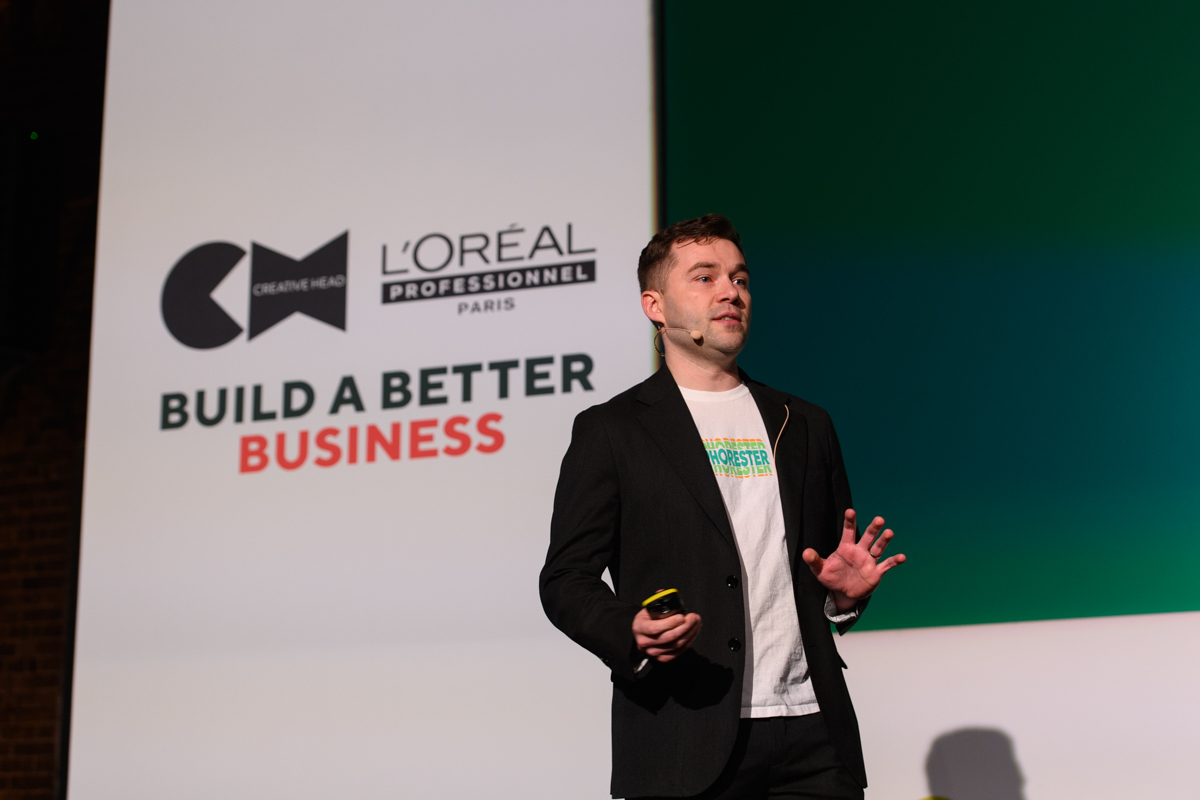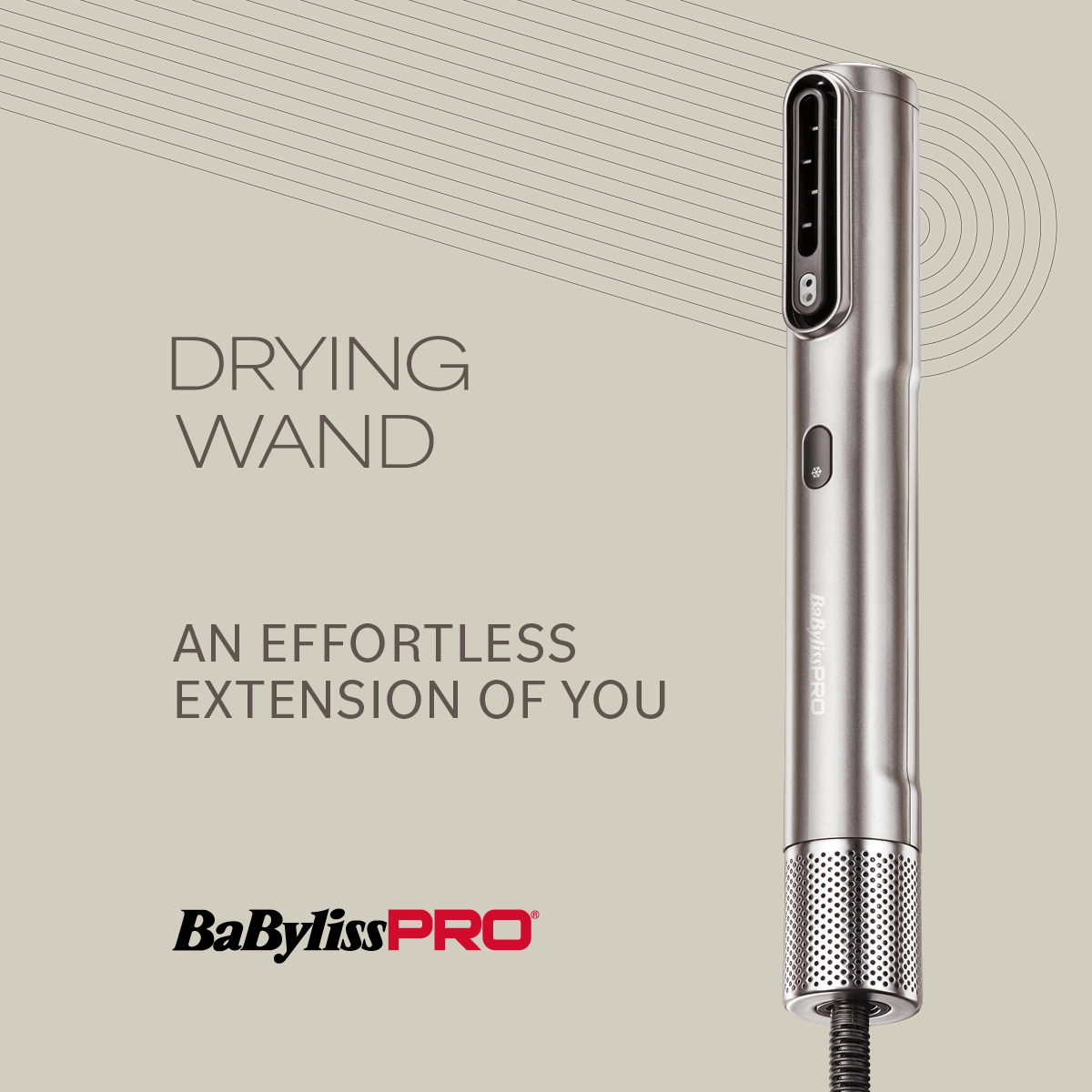Five Big Takeaways From Salon Smart 2025
Creative HEAD’s networking event was just what hair business owners needed
by AMANDA | CONNECT

“Whoever says the hairdressing industry is dead should eat their words. Far from throwing in the towel, business owners are facing challenges head-on with razor-sharp thinking around pricing and an increased emphasis on customer service. It’s the kind of creative response that underlines why this industry is the most resilient out there.” Catherine Handcock, publisher, Creative HEAD
Let’s get one thing straight: Salon Smart 2025 was much needed. At a time of industry turmoil, this was a day where business owners and employers could get together to discuss the challenges and share ideas on how to power through – and there were fresh takes on everything from pricing and profit margins to learning how to rub along with younger team members. With no fewer than 21 presenters and panel members taking to the stage, the Salon Smart agenda was varied and wide-ranging. But as the day played out, some key themes emerged:

Sophia Hilton
1. Gen Z are ready for the world of work, but are you ready to work with them?
Do you think your generation is smarter than your parents’ generation?
Of course you do!
That’s because every generation answers that question exactly the same. Every single generation thinks they’re elite to the one above and the one below.
So, said Sophia Hilton in her session entitled Navigating The Next Generation, it’s really not constructive to say things like, “Kids don’t want to work nowadays,” or that “They are just lazy,” or that “They are going to get a shock when they see what the real world is about.”
Nor, as fellow speaker Michael Young advised, should you start sentences with the words, “When I was your age,” because that puts you firmly in the past, when you need to focus on the future.
Instead, what the new generation want is a sense of control over decision-making; breaks, holidays and flexibility; to be able to bring their problems to work (within professional boundaries); and a boss that can hold a conversation about the new topics of the world (such as gender activism, consumerism, sustainability and maybe even anti-capitalism).
Think about investing in some resilience training, to help you develop skills and strategies to cope with challenges. Meanwhile, map out growth and development plans for each member of your team to keep them motivated and loyal to your business.

Monica Teodoro
2. Always keep an eye on the future of your business
It’s not just your team that’s changing; your clients are evolving too. Monica Teodoro shared invaluable insight from L’Oréal Professional Products Division to remind us that while it’s imperative we look after our current customers (42 per cent of women claim to be watching every penny they spend, so give them what they’re looking for – personalised, expert-led experiences that will lead them to book services based on your recommendation), we need also to be sure we are tapping into the clients of tomorrow. She highlighted that while consumers classified as Growing Minorities (eg, Southern Asian and African) account for just 16 per cent of the population, they also account for 30 per cent of spend because of their reliance on a high degree of specialisation. Men, too, offer untapped potential, and 70 per cent of this category will come from Gen Z and Millennials.
“However,” said Monica, “while all around us is changing, it’s important to focus on the things that will never change: consistency creates a sense of stability and trust, while empowering your team will make them feel comfortable to learn. Continuous upskilling is no longer optional – it’s a must.”

Jacob Morris
3. Financial education, goals and stability contribute to employee satisfaction
“Staff are more loyal if they are financially empowered,” argued Jacob Morris from Salon Smart software partner, Phorest – a powerful insight, given the challenges around recruiting and retaining staff nowadays. Phorest data shows that using Phorest Tips increases not just the number of clients tipping, but also the amount of tip they leave. However, while tipping is seen by staff as a second income, a lifeline for paying rent or saving for their first home, around 30 per cent of them still choose to spend their tips on having fun. Employers could look to provide their teams with a toolkit for handing their money better, said Jacob. However, if that feels too invasive (or beyond your skillset) he also revealed that Phorest will be releasing a series of financial literacy masterclasses this year to help tackle the problem.

Colour panellists Sean Butt, Sophie Hill, Lorraine Naughton and Tony Walmsley
4. Salon colour is your superpower!
Desire for luxury continues to boom, especially among Gen Z, revealed Viktoria Vinnichenko from L’Oréal Professionnel Paris – clients aged 16 to 35 spend 10 per cent more per appointment. Tap into the trends they see on social media by offering colour services that deliver the Gen Z must-haves of healthy shine and a multi-dimensional, natural-looking result (spoiler alert: L’Oréal’s iNOA colour does it all!) or try the hidden colour placement ‘peekaboo’ trend spotted by the L’Oréal colour hack team on TikTok.
There were also loads of tips and ideas for maximising colour revenue in a panel session featuring a quartet of business owners. These included:
• Ban colour notes to avoid the ‘same again’ attitude that can lead to clients eventually leaving (Tony Walmsley, Anthony John Salons)
• Check voice dynamics in the consultation to ensure clients can have confidence in everything your team is recommending. If the stylist’s voice goes up at the end of the sentence, that signals a lack of confidence in what they’re saying. If the stylist sounds like they don’t believe in what they’re saying then why should the client? (OB-1 Hair and Inside Outside)
• Look in-depth at your client base to see how and when they book. For those who come less frequently, introduce them to ‘interim’ services that tempt them back in between appointments. For time-poor clients, make sure you offer speedy services that can be done in a lunchtime appointment – and charge more for them. (Sean Butt, Alchemy & I)
• Make sure you keep your colour training up to date so your colour team can jump on trends and be enthused by the colour they’re creating. (Sophie Hill, Headmasters)

Oliver Blackaby, pictured with fellow budget panellist Katya Milavic Davies
5. Now, more than ever, you need to know your numbers
After THAT Budget, it’s not surprising this came up time and again throughout the day, as salon owners take a long, hard look at their business to see where economies can be made and new revenue streams found. For some, like Oliver Blackaby of The Hair Salon Collective, this meant facing up to one of his biggest fears (looking at the actual accounts side of his business), while for others, like self-confessed spreadsheet nerd Sheona Hill of Bloom Salons, it meant picking apart the complex commission structures she had created to help simplify the path to profitability. “I refuse to be a low-margin business anymore,” she said. “I decided what profit I wanted to make and worked back from there.”
Look out for tonnes more coverage from Salon Smart 2025 in the May/June issue of Creative HEAD, and see more photos from the event here.









